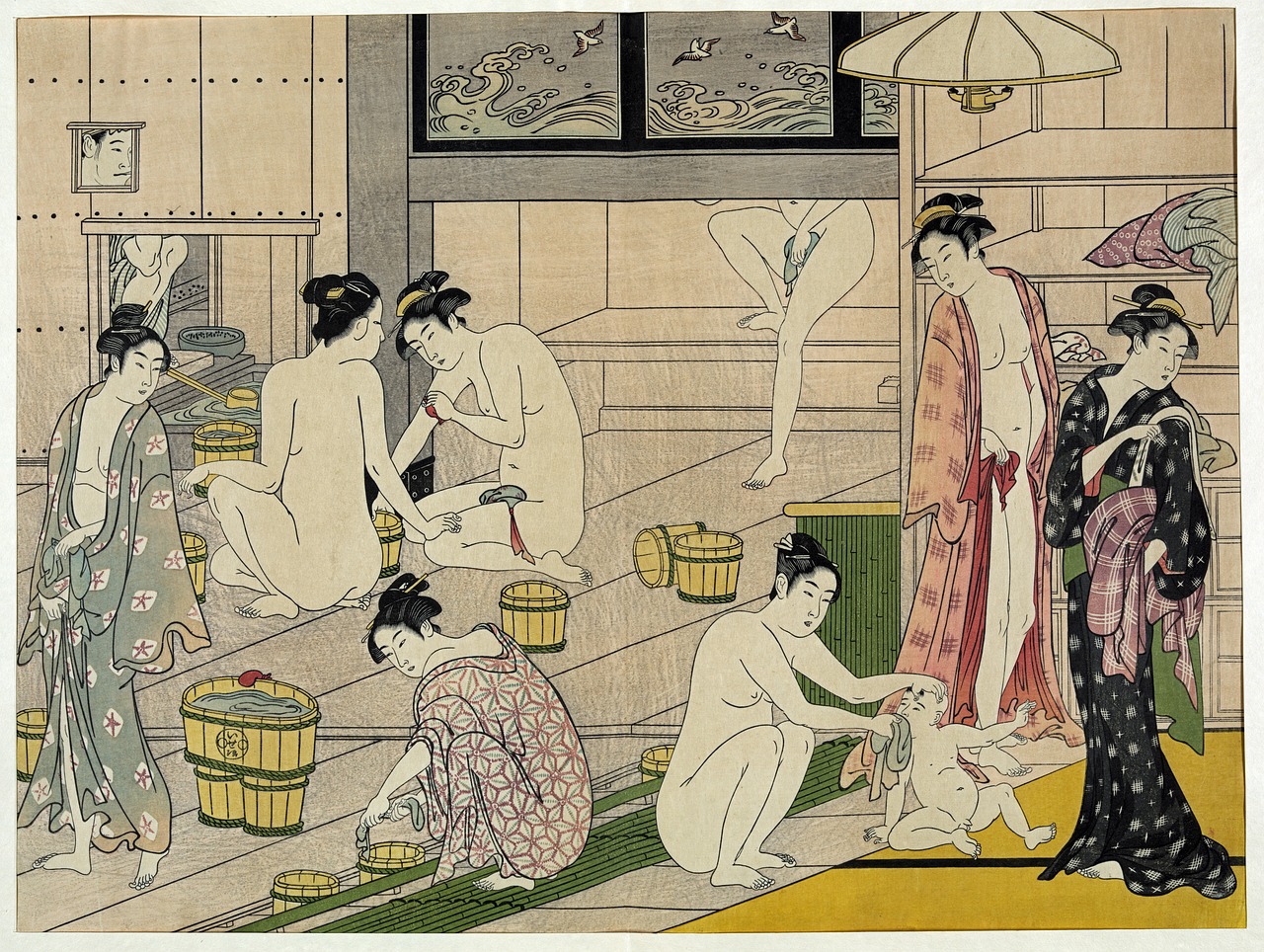Morley Fletcher’s focus was specifically on color woodcut.
No other work provides instructions in the economy of design, the resources of line and its expressive development, and the use and behavior of color.
Even though the observation could serve as a manifesto for all modern color relief printmaking, we should rephrase the text step by step, while keeping the meaning intact, without adding or removing information.
Some Modernists believed that the advent of photography had made painting and printmaking no longer necessary for reflecting the external physical world. Instead, they aimed to convey the internal reality, emotional experiences, psychological responses, and spiritual or abstract ideas that photography could not capture. As a result, when seeking a formal artistic style, they turned to earlier styles, such as naïve or folk art, or to foreign cultures that did not rely on academic realism.
During the late 1890s, artists in France, Austria, Germany, and England became interested in creating colorful woodcuts. They drew inspiration from the modern Japanese woodblock print and the traditional Germanic woodcutting tradition, which has roots in the beginning of printmaking. Emil Orlik, a Professor in Vienna, played a crucial role in advancing the art of color printmaking, both in relief and intaglio. He visited Japan in 1900, making two trips to immerse himself in their printmaking techniques.
In 1897, F Morley Fletcher and J. D. Batten conducted experiments in England. They used cherry wood blocks and adopted the Japanese method (but not the style) of color-printing. They utilized a main key block and additional subsidiary blocks for different colored areas. It was possible to print multiple colors simultaneously from different relief areas on the same block.
The colors that were used in the water-based paints were vibrant. These paints were mixed with rice flour to give them a thicker consistency. The painters applied the paints onto the block in a way that allowed for different levels of color intensity within a single impression. William Giles and others later developed a similar technique for creating relief prints using multiple metal plates. They would etch away the areas they didn’t want and then print the raised metal surface. These metal prints were made in the same way as woodblock prints, making it difficult to determine which method was used just by looking at the finished impression.
Contemporary printmaking – New techniques and methods
Contemporary printmaking – New techniques and methods comes after the previous exhibition entitled Traditional Printmaking Techniques. The exhibition will last until May 25 2022.
The exhibition will comprise of artworks created by artists hailing from Greece, Italy, Czech Republic, United Kingdom, France, New Zealand, Mexico, Japan, Germany, and Cyprus.
The Athens Printmaking Centre and the private lithography collection of Stratis Gounaris have graciously donated some significant works to the exhibition.
Hélène Reeb, the curator, provides written commentary regarding the exhibitions.
Printmaking in the contemporary era involves the use of modern techniques and methods.
Printmakers are using both traditional and contemporary techniques and methods. Traditional techniques include woodcut, linocut, etching, and lithography. Contemporary printmakers are also exploring new techniques, such as screen printing and digital printmaking, which are the result of advancements in technology and the experimentation of printmakers.
The prints become increasingly challenging to classify according to technique because of the numerous technical challenges and artists’ personal reflections, as well as the breaking down of established frameworks and aesthetic movements in Art. This blurs the boundary between printmaking and printed image, as well as between work of art and industrial product. Overall, authenticity, originality, quality, and the active involvement of the artist in every stage of creating the work are the most crucial elements.
This exhibition explores the wide-ranging realm of modern printmaking. It features approximately forty artworks that exemplify prevalent and approachable trends in contemporary printmaking, without emphasizing thematic coherence. The prints were chosen for their utilization of traditional techniques combined with new approaches or entirely new techniques, their genuine nature, their appeal to non-specialized viewers, and the diverse range of subjects they depict.
The artwork continues to surpass the viewer’s questions, providing enjoyment, emotion, and reflection. Each section includes at least one print created using a simple, well-known technique, allowing the viewer to rest and engage with it. The primary objective remains the dialogue between the artwork and the spectator.



